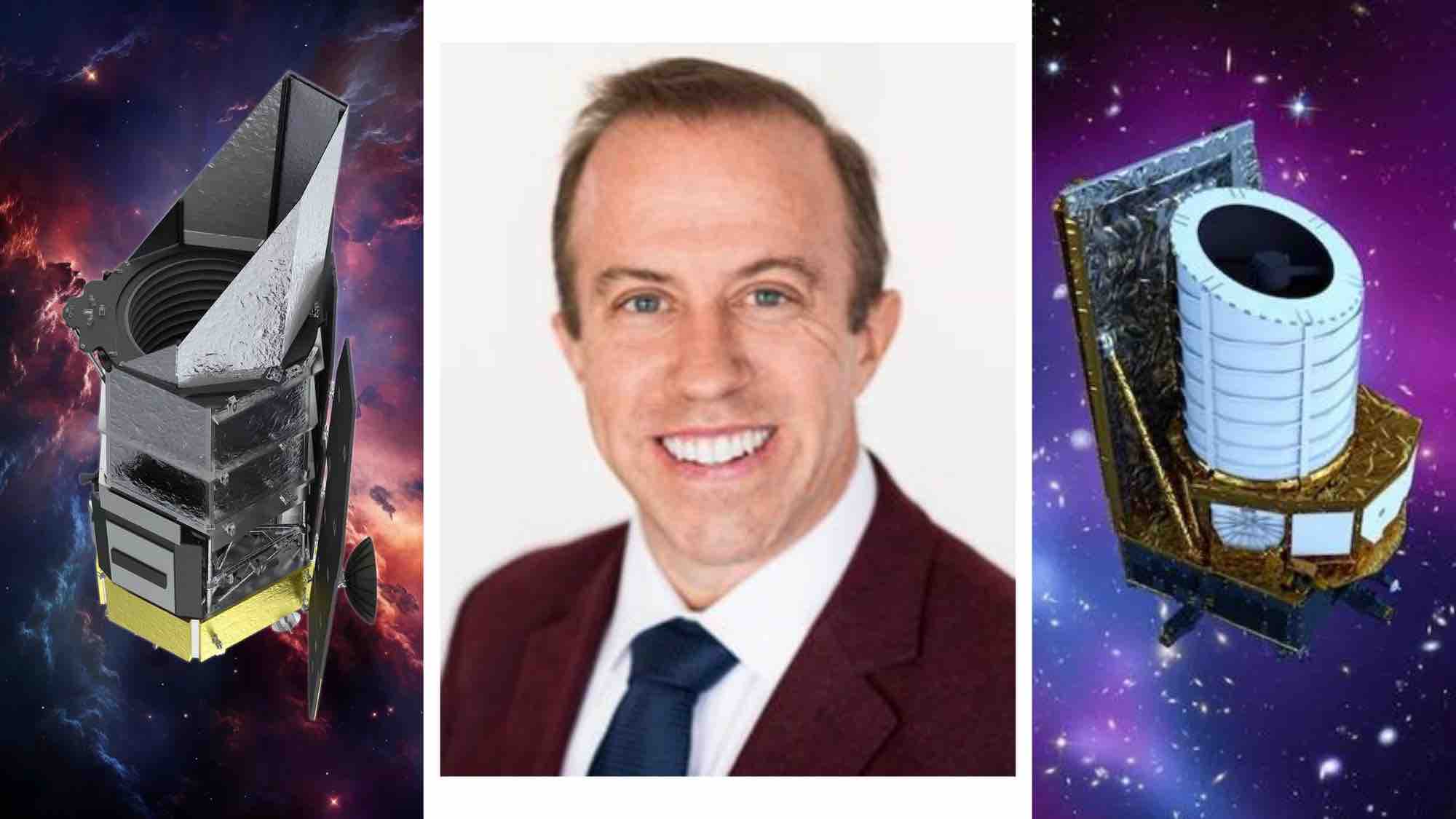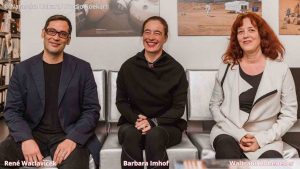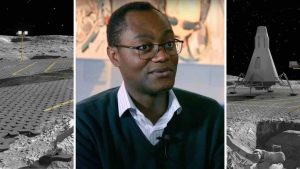
We met Jason Rhodes, Senior Research Scientist at NASA’s Jet Propulsion Laboratory (JPL) in Pasadena (California, USA). He is the U.S. Science lead for ESA’s Euclid Mission and the JPL Roman Space Telescope Project Scientist. Moreover, among his projects there is also Vera Rubin Observatory’s Legacy Survey of Space and Time (LSST).
The ESA’s Euclid mission was launched on 1 July 2023 and its goal is to study Dark Matter and Dark Energy for at least 6 years, through a space telescope located at the L2 Point (about 1.5 million kilometers away from Earth). Instead, the NASA’s Nancy Grace Roman Space Telescope will be launched in 2027 and Its goal will be to investigate the dark energy, dark matter, exoplanets and infrared astrophysics.
During your career at NASA you have worked on many projects, and you have also won many awards. What is the project that excited you the most and that you particularly love?
The two projects I am most excited about in my career are the European Space Agency’s Euclid space telescope and NASA’s Roman Space Telescope. Euclid launched July 1, 2023 and Roman will launch no later than mid-2027. I am particularly excited by these projects because I have been involved in developing these telescopes for over 20 years. I helped to come up with the idea for both of these missions and I have been involved in advocating for them., designing them, and building them. Now with Euclid (and soon with Roman), I am excited to be involved in analyzing the data from these telescopes to better understand the universe.
What are the most important features of the Vera Rubin Observatory’s LSST? I read that it will study the sky for 10 years, have three mirrors and take 200,000 pictures per year. What do you dream of discovering with such a powerful telescope?
The Vera Rubin Observatory will perform the 10-year Legacy Survey of Space and Time (LSST) starting in 2025. The LSST will observe about half the sky at several wavelengths of light every 5 days, over and over for 10 years. Thus, it will survey the sky many times over the 10-year planned mission. This will have two huge benefits. First, when the survey is finished, if we combine all the images of one are of the sky, we will have very deep images. Second, by looking at how the sky changes over the course of days, months, or years, we will have an excellent way to explore the transient, or changing, universe.
Why are the largest telescopes in the world located in Chile? In Chile there is also the ESO (European Southern Observatory).
There are several factors that go into making a location good for a ground-based telescope. You want a location that has a high altitude in order to be above much of the Earth’s atmosphere, good weather so that we can use the telescope as many nights as possible, and dry air so that we minimize the absorption and scattering of light by water vapor. When we combine all of these factors, some of the best places in the world to put telescopes include Chile, the Canary Islands, and Hawai‘i.
The presence of mass bends light and creates gravitational lenses. Can dark matter or dark energy bend light? Are there gravitational lenses created by dark matter?
Gravitational lensing, the bending of light’s path by massive objects is very common in the universe. This is one of the techniques that Euclid and Roman will use to study the amount and distribution of dark matter in the universe. Typically, the distoritions in the measured shapes of galaxies caused by dark matter are small, about 1-2 %. These are not very easy to notice and these small changes are much less than the ellipticities (deviations form being a circle) of the galaxies being measured. However, by looking at many galaxies and measuring the pattern of small distortions over many galaxies, we can recreate the distribution of the otherwise invisible dark matter. In some cases where there is a lot of dark matter, we can get very striking examples of ‘strong gravitational lensing’ where the images of background galaxies are very warped or even appear in our observations multiple times at different spots in the picture. Euclid will increase the number of such strong gravitational lensing we know about by a factor of 10-20, completely transforming the field of strong gravitational lensing.
READ ALSO –> Roman Space Telescope: two NASA astrophysicists answer our questions
Will the Roman Space Telescope and ESA’s Euclid work together? How will they solve the mysteries of dark matter and dark energy?
Roman and Euclid will work together to understand many astrophysical mysteries, including the nature of dark matter and dark energy. Roman and Euclid have different observational philosophies that will be very complementary. Euclid will survey about a third of the sky, but will look at each part of the sky only once, not coming back to take repeat measurements. Roman will look at a smaller area of the sky, about 1/20th of the total area of the sky, but will take repeat measurements several times to provide cross-checks and tests on the data. Roman will thus look deeper than Euclid over a smaller area, but with higher resolution and precision. Since dark matter and dark energy are such complex and poorly understood phenomena, the complementary methods of taking survey data will be especially powerful when the data from the two telescopes is combined.
- Cover image: Jason Rhodes (central photo: science.jpl.nasa.gov); side photo: NASA’s Goddard Space Flight Center (first image) / European Space Agency/AFP/Getty Images (second image)



